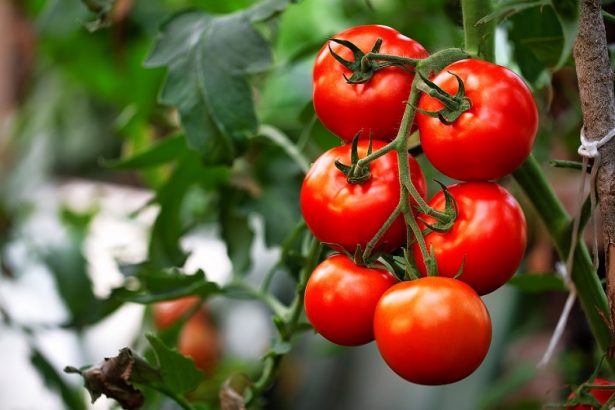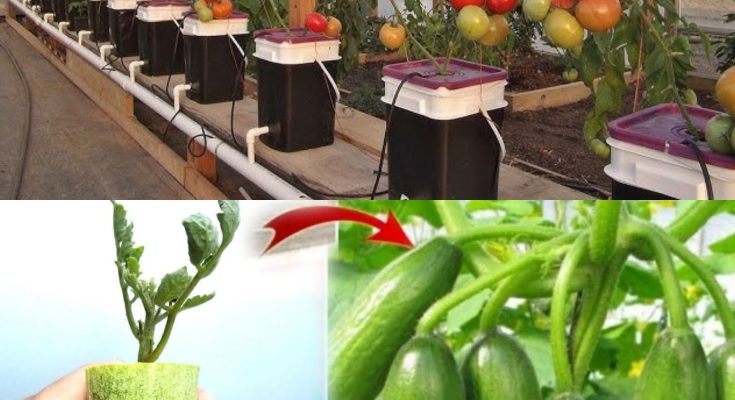
No tomatoes next to your cucumbers: gardening secrets for a more productive planting and vegetable garden
Optimizing Your Vegetable Garden: Maximizing Productivity with Strategic Planting
In today’s fast-paced world, where urbanization and automation dominate, many individuals seek solace in reconnecting with nature through gardening. Whether fueled by passion or a longing for greenery, gardening is steadily gaining popularity, offering not only chemical-free fresh produce but also mental well-being by alleviating stress and anxiety. To enhance the productivity of your garden, we unveil the secrets of plant associations in this article.
Understanding Plant Associations:
Each plant has distinct nutrient requirements, and when planted in close proximity, they interact with each other and their environment. Thus, knowing the right plant combinations is crucial for a thriving garden. Here, we share some essential principles of gardening associations.
- Nutrient Competition: Plants with similar nutrient needs will compete with each other if planted together, hindering their growth and reducing overall yield.
- Pest Management: Rather than resorting to harmful insecticides, strategic planting can deter pests by attracting them to companion plants, safeguarding your precious crops.
Beneficial Plant Associations:
Now equipped with the fundamentals of companion gardening, let’s explore some beneficial plant combinations to elevate your vegetable garden’s productivity:
- Tomatoes thrive when planted near carrots, parsley, cabbage, leeks, spinach, onion, and basil. Avoid pairing them with beets, red cabbage, fennel, and peas.
- Zucchini and squash flourish alongside shallots, onions, beans, and peas but should be kept away from cucumbers.
- Enhance strawberry growth by planting garlic, lettuce, shallots, onions, sage, parsley, and leeks nearby, while steering clear of cabbage.
- Carrots thrive when accompanied by garlic, peas, dill, leek, endive, radish, beans, lettuce, tomato, onion, and chives, but should be kept away from beets and mint.
- For a bountiful salad harvest, consider planting dill, beans, beetroot, peas, cucumber, radish, cabbage, tomato, and spinach nearby, while avoiding parsley and sunflowers.
With these insights, you can craft a harmonious and productive garden. For plants not listed here, seek professional guidance to optimize your garden’s potential.



